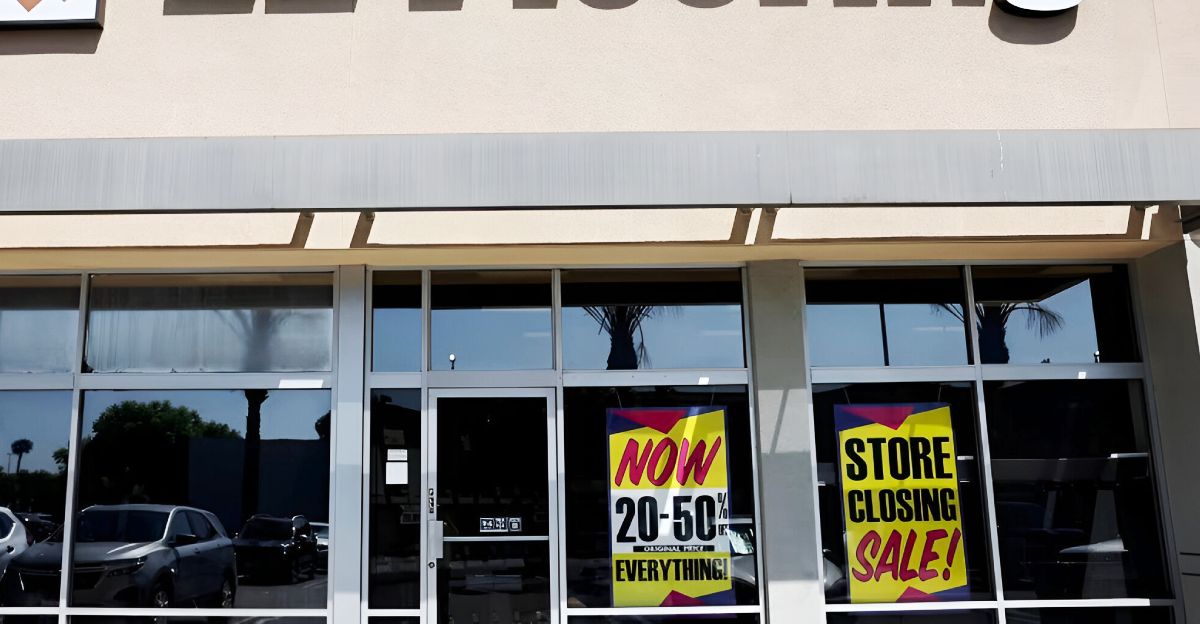
One of America’s largest flooring retailers, once a fierce competitor to Home Depot, has gone under, fast. This isn’t just another corporate flameout. It’s the collapse of a company that built its brand by undercutting Home Depot and offering affordable flooring to millions of homes.
In just a few months, financial warning signs snowballed into mass closures and a near-total liquidation. What’s shocking isn’t just the pace of the downfall, but how this discount pioneer, who helped shape the flooring retail industry, was crushed by the very market it helped create. The bigger story? It reveals cracks across the broader retail landscape, and they’re spreading fast.
Shutting Down from Coast to Coast

The fallout is national. With 211 store closures across 47 states, hundreds of communities, from California’s Central Valley to Florida’s suburbs, are no key player in home improvement. The company once operated 442 locations, competing toe-to-toe with Home Depot in major cities and often serving as the only flooring retailer in smaller towns.
States like California, Texas, Florida, and Illinois have been hit hardest. About 2,000 jobs are gone, and supply chains linking American homes to overseas flooring suppliers, especially in Asia, have been disrupted.
From One Store to a Billion-Dollar Empire
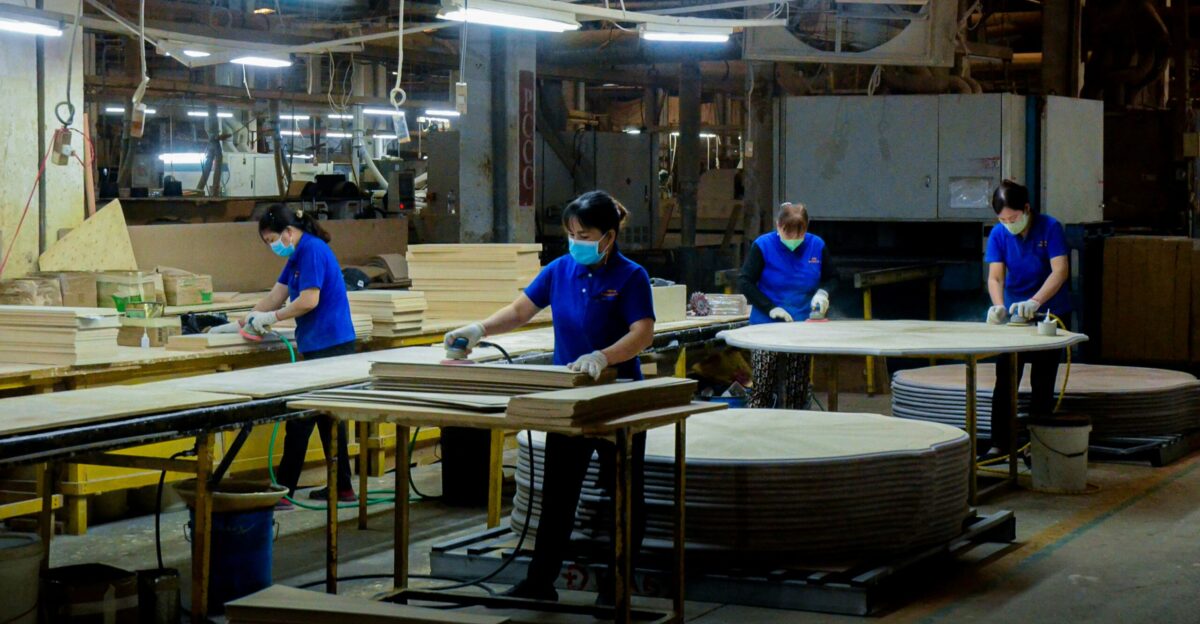
For 30 years, this company embodied the classic American success story. It began in a Massachusetts storefront, where founder Tom Sullivan saw opportunity in surplus building materials. From there, it exploded into a billion-dollar business known for affordable hardwood and aggressive expansion.
The yellow and black logo became iconic. Customers loved its warehouse-style stores that made professional flooring feel within reach. At its height, it had over 400 locations and pulled in more than $900 million a year. It didn’t just sell floors, it made home renovation accessible to families that couldn’t afford high-end upgrades before.
A Storm It Couldn’t Weather

The collapse wasn’t caused by one thing. Post-pandemic, people pulled back on home upgrades. By 2024, remodeling was down sharply. Interest rates were high, inflation kept wallets tight, and new home sales, which usually drive renovation, tanked. The company, built for expansion, couldn’t adapt to shrinking demand.
Vendor relationships frayed as payments lagged, and 80% of its annual volume was hit by supply chain delays. Add soaring warehouse and labor costs, plus online competition, and it became too much. The business model simply couldn’t survive the new retail reality.
LL Flooring’s Final Chapter

In August 2024, LL Flooring, formerly Lumber Liquidators, filed for Chapter 11 bankruptcy after 30 years in business. The original plan was a full liquidation of all 442 stores, but a last-minute deal saved 219 locations. Based in Richmond, Virginia, LL had been Home Depot’s most aggressive competitor in the flooring space. But after a steep sales drop and $110 million in debt, its stock plummeted.
The rebrand from Lumber Liquidators in 2022 tried to move past the 2015 scandal involving toxic laminate flooring, but the damage lingered. Despite $130 million in emergency funding and buyer outreach, no deal materialized. The result: one of the biggest flooring failures in retail history.
The Store Down the Street? Gone.
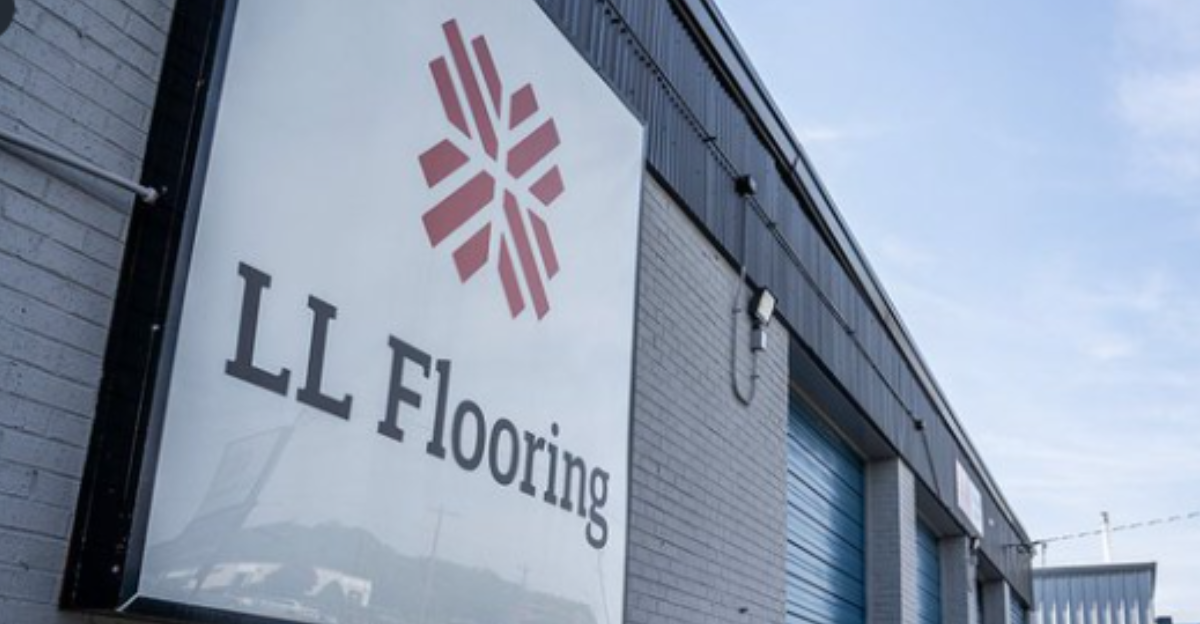
For many neighborhoods, the go-to flooring store is gone. LL Flooring is closing 211 stores, including 11 in California cities like Torrance and Fresno. States like Texas, Florida, and Illinois are also losing major retail coverage. For homeowners, that means longer drives, fewer options, and settling for limited choices at big-box chains.
Home Depot’s flooring section usually spans just 3,000 to 5,000 square feet, while LL’s stores offered up to four times that. Contractors and homeowners alike now scramble for new suppliers. And for anyone with warranties or pending installations, there’s real uncertainty about what comes next.
2,000 Jobs, and a Lot More, Just Vanished
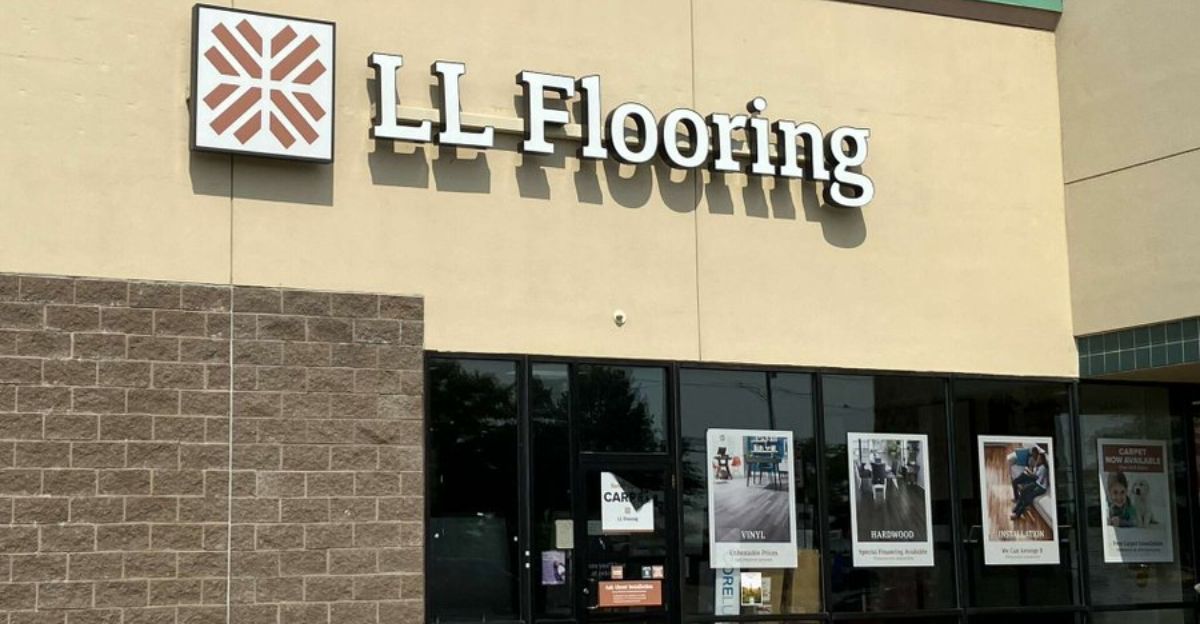
Roughly 2,000 employees are now out of work, and it’s not just front-line retail roles. These were flooring experts with years of product knowledge, measuring skills, and installation know-how. Many of those laid off face a tough job market, especially when looking for roles with similar pay or benefits.
Store managers who built loyal customer bases and trained installation crews are now job hunting. Some may land roles in the 219 stores saved by F9 Investments, but most are left facing an uncertain future in a tightening retail job landscape.
Home Depot Dominates the Market
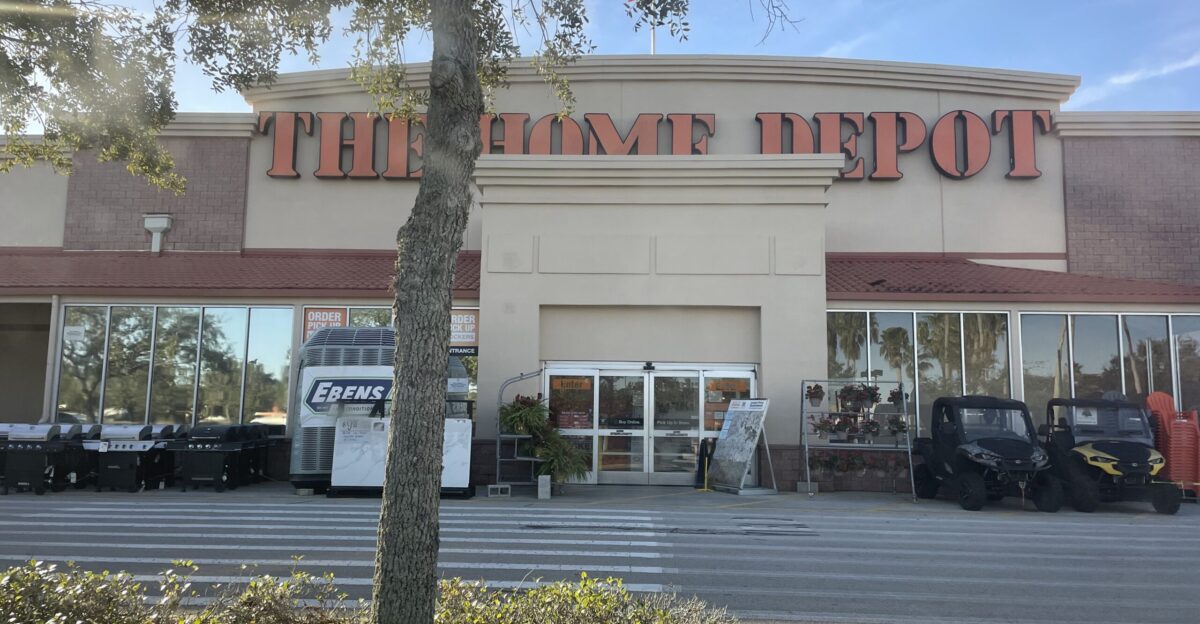
With LL Flooring out of the picture, Home Depot tightens its grip on the $1 trillion home improvement market, where it already controls about 25%. The retail giant’s approach? Broad selection, not deep specialization, spread across its 2,350+ stores. Without LL as a price-cutting rival, Home Depot may enjoy fatter margins and less pressure to run promotions.
Floor & Decor remains a strong niche player, with around 200 warehouse-style stores and a 9-10% market share. Still, it lacks the reach that LL once had. As mid-sized players disappear, the field narrows to two extremes: massive chains or boutique experts.
DIY Culture Changes the Game
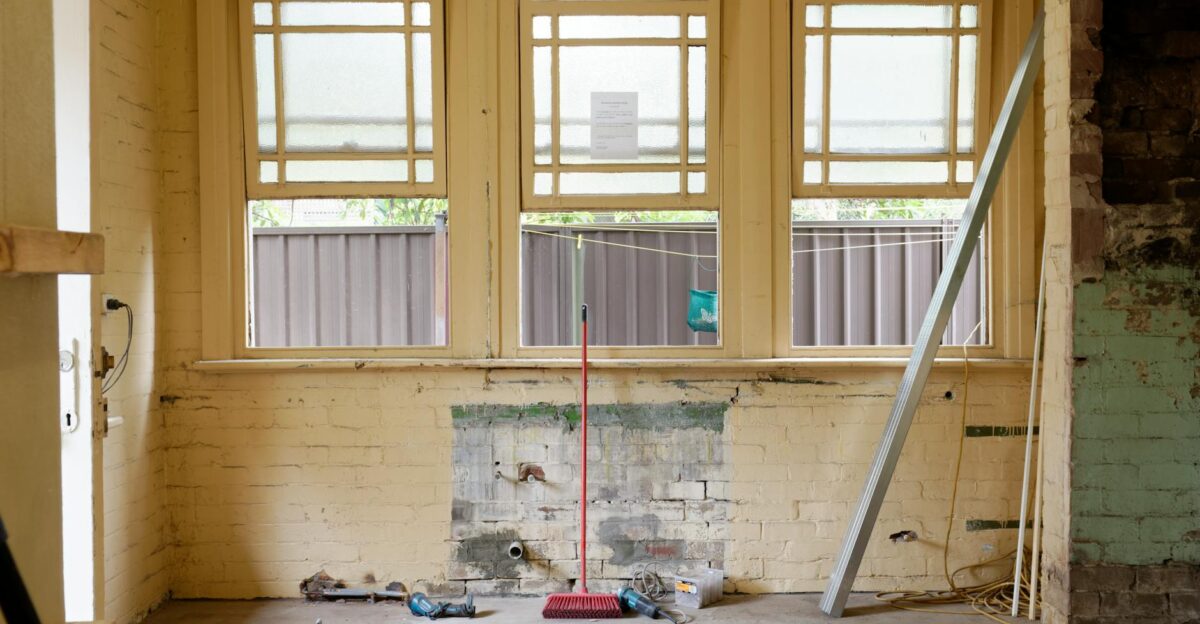
The flooring business has changed because consumers have changed. More people than ever are choosing to install floors themselves, thanks to easy-to-use products and online tutorials. This shift reduces demand for in-store consultation, which was LL Flooring’s bread and butter.
Now, shoppers order samples online, watch how-to videos, and skip the showroom. Younger buyers especially prefer price transparency and convenience over personal service. COVID only sped things up.
Home design knowledge is now just a scroll away on social media, making in-person expertise feel less necessary, and putting traditional flooring stores at a disadvantage.
What It Means for Your Next Project
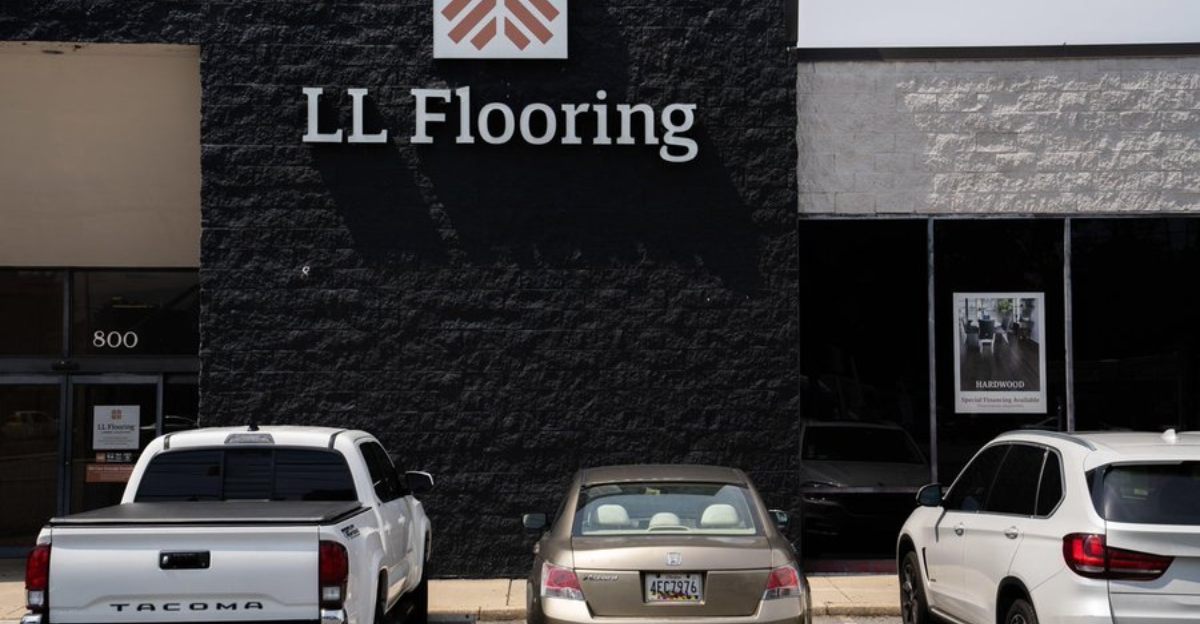
LL Flooring’s collapse is a turning point. For homeowners, it means fewer places to find expert help and competitive prices. Expect higher costs and smaller selections as market consolidation continues.
A glimmer of hope remains: founder Tom Sullivan’s F9 Investments salvaged 219 stores and plans to revive the original Lumber Liquidators brand. But the big picture is clear. The home improvement market is moving toward digital, self-service shopping, and it could leave older or less tech-savvy consumers behind.
As the $360 billion flooring industry evolves, future renovations may require more legwork, more research, and a willingness to pay more, fundamental changes that are here to stay.
